Text: Joe Henley
Photos: Betty Fan
The north coast of Taiwan is a place of rugged yet easily reached natural wonders – a condensed version of the splendors of the east coast, if you will. With its abundant geological formations, evidence of the island’s fiery volcanic past, and bike trails delivering you to one interesting spot after another, it’s a great area for a day–trip out of Taipei, and easy to get to. Here are some destinations worth checking out via rail, bus, and bike on your journey. For this trip of the north coast we started in Keelung and made our way westward to Tamsui (淡水).
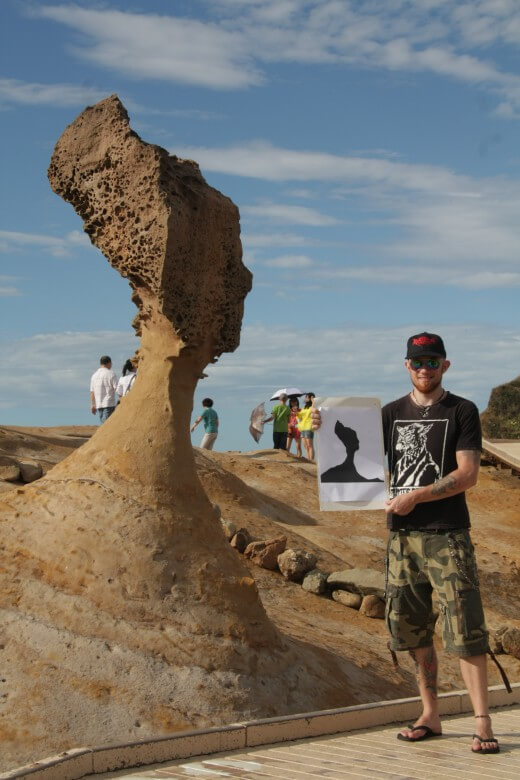
Yeliu Geopark (野柳地質公園)
Located on the coast west of Keelung, Yeliu Geopark sits on a spit of land jutting out into the East China Sea that resembles the badlands regions of North America, or perhaps an alien landscape in a science fiction movie. The highlights of the site are the large “mushroom rocks,” so named for their resemblance to certain varieties of edible fungi. The most popular rock with tourists, by far, is the Queen’s Head Rock (女王頭), a regal formation created in part by the corroding effects of seawater and wind. The geopark is also a favorite with fossil fans, with many beautifully preserved, timeless specimens etched into the landscape. (Read also: Keelung: Seaport City of Deep Character)
Jinshan Visitor Center (金山遊客中心)
It takes less than ten minutes by bus to travel from the geopark to the Jinshan Visitor Center, from where you can explore the diversity of the Jinshan-area coast. Check out Shitoushan Park (獅頭山公園), close to the center, on a cape surrounded by the sea on three sides, offering an excellent vantage point to take in the sea and the tranquil harbors along the coastline. To the northeast of the park, 450 meters off the eastern shore of the cape, are the Twin Candlesticks (燭台雙嶼), stone towers rising out of the sea to a height of about 60 meters. An impressive view of the Datun Mountain Range (大屯山脈), a line of extinct volcanoes, is also on offer from the cape. A spur slopes down toward Huanggang Harbor (磺港漁港) and the fine-sand Jinshan Beach (金山海水浴場), the latter some 500 meters long and known for its calm waters.
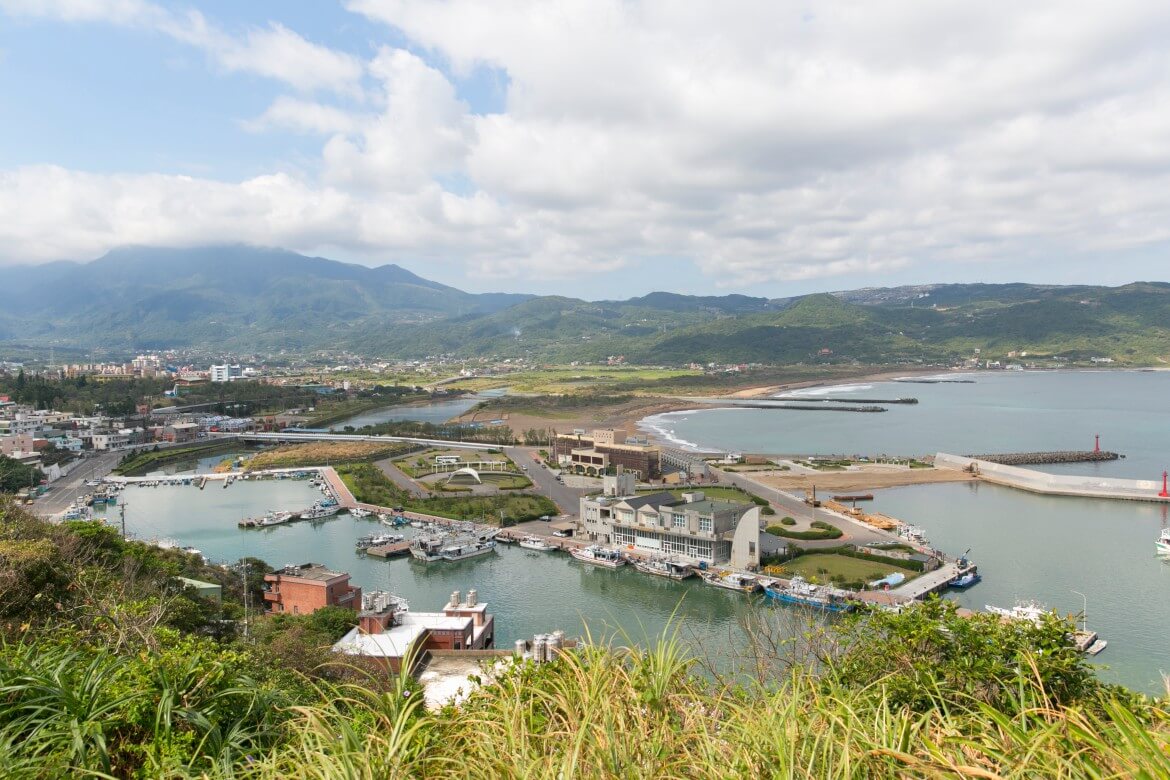
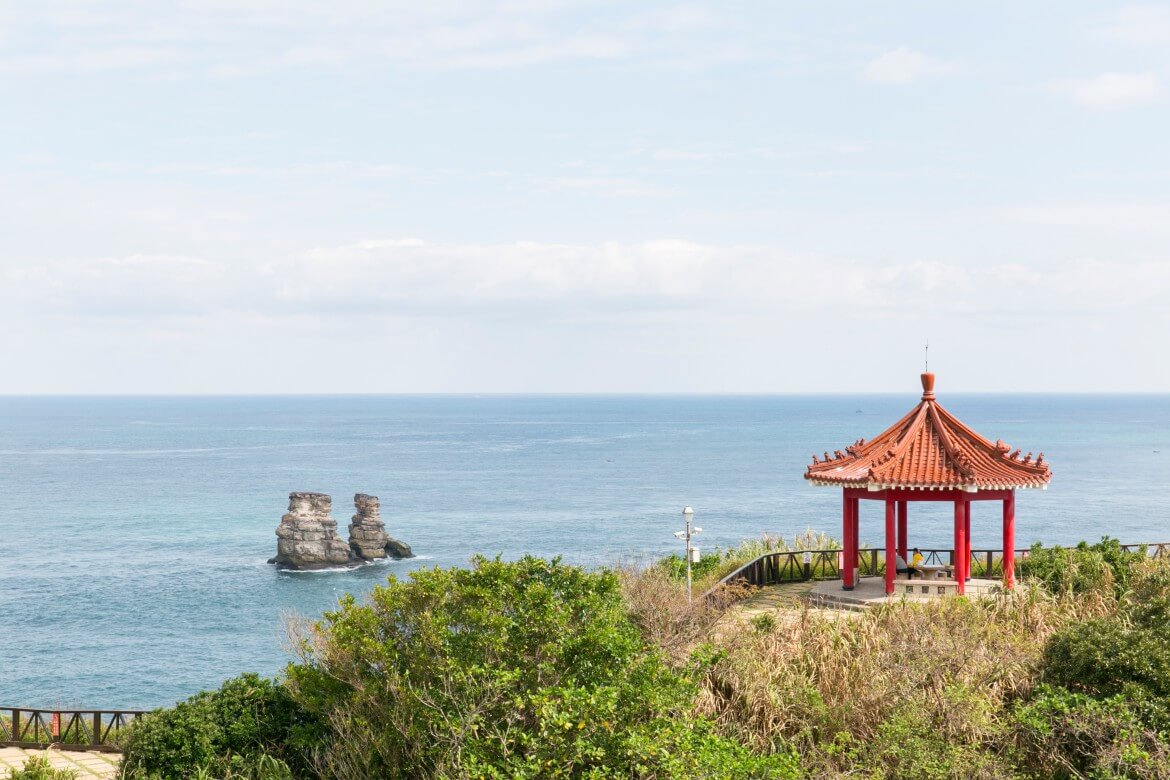
Shimen Wind Power Station (石門風力發電站)
From Jinshan’s visitor center it’s a bus ride of about 40 minutes, depending on traffic conditions, to the Shimen Wind Power Station, located near the Temple of Eighteen Deities (十八王公廟). Perched atop the seaside hills are six giant red-and-white wind turbines propelled by the consistently strong breezes blowing in off the sea, providing a source of clean, renewable energy for the region. There are hiking and bike paths in the area around the turbines, and visitors can walk right up to the futuristic windmills for a close inspection. Standing below them as the huge blades swoosh by at incredible speeds is both daunting and fascinating.
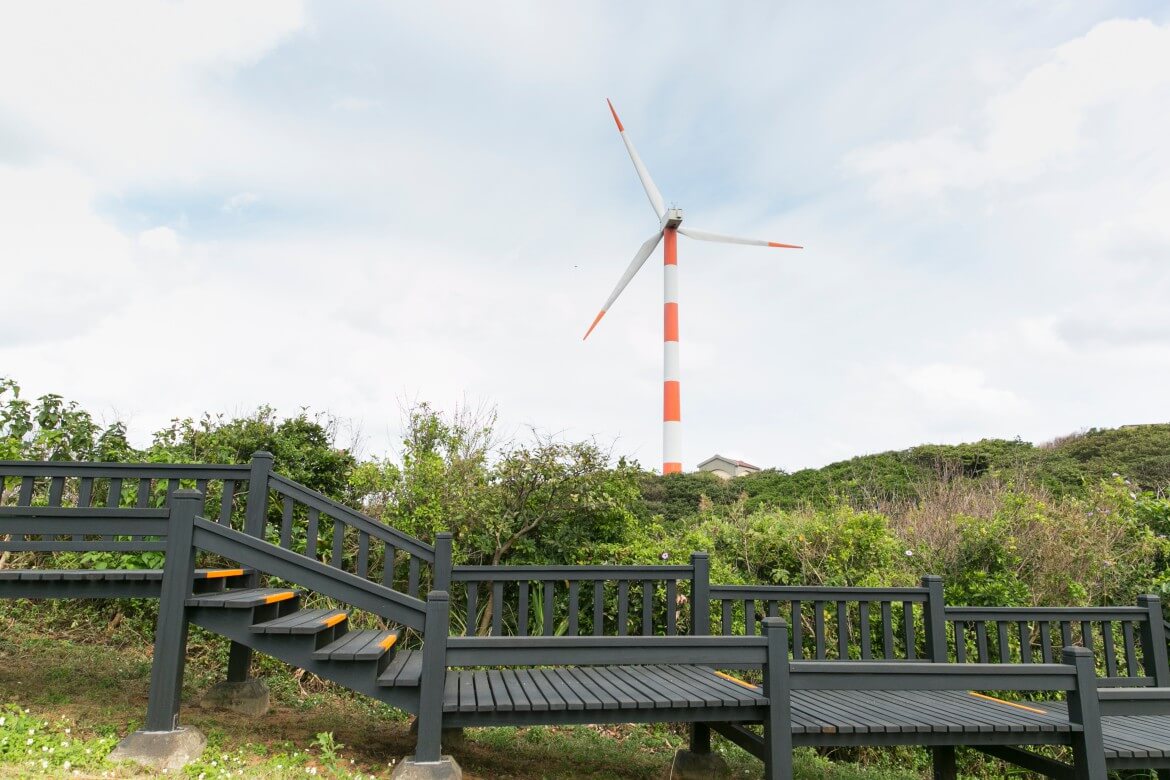
Shimen Arch (石門洞)
Not far from the power station is Shimen Arch, located on the coast in Shimen Township. The arch formation was created by seawater erosion, and was first documented by settlers who came to the region during the Qing Dynasty (1644~1911). They named the arch Shimen, meaning “stone gate,” a product of a million years of geological activity dating back to Datun Mountain Range volcanic eruptions that deposited a thick layer of lava and ash along the coastline. Driving or biking along the coastal highway, you can’t miss the arch, since it is right beside the road and rises 10 meters above sea level.
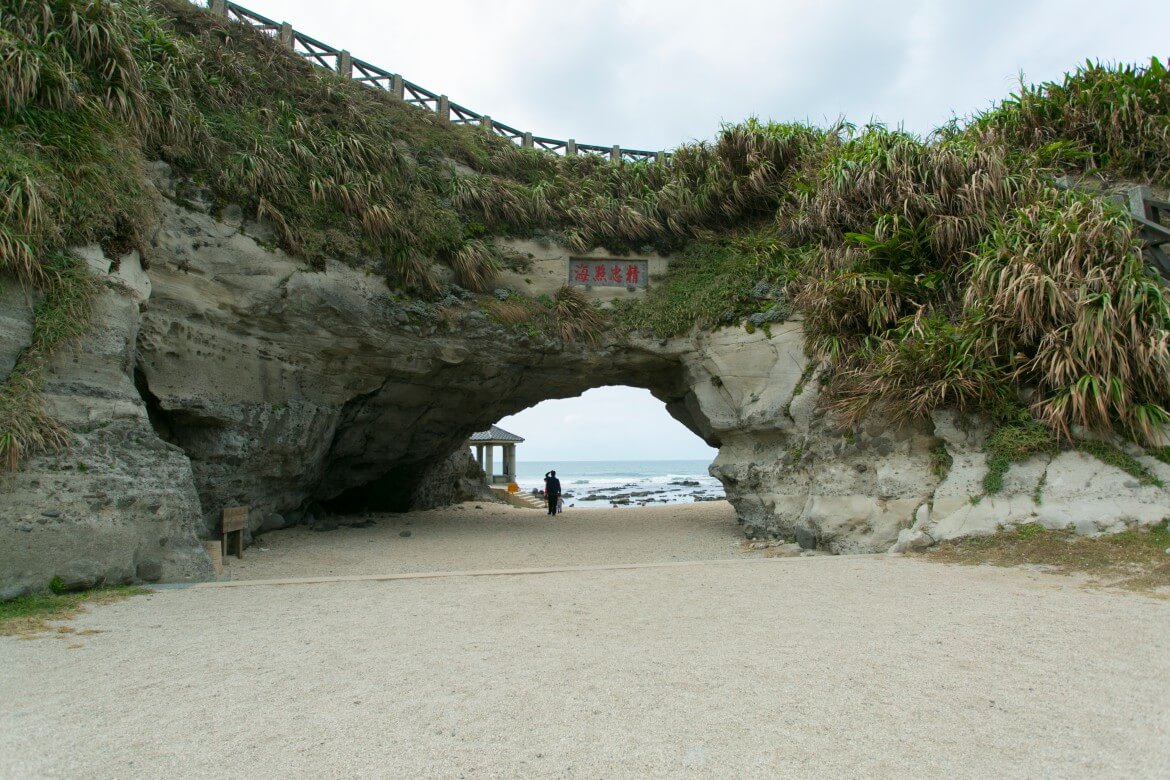
Laomei Coast (老梅海岸)
No more than a few minutes down the road from Shimen Arch is the Laomei Coast. This is where the Laomei River empties into the sea, and where there is also a village called Laomei. Here waves crash over unusual stone trenches rising out of the sea up onto the beach, some covered in bright-green algae. These trenches are coral stone that has been eroded over many eons by tide and wind. When the overlying algae dies, the limestone skeletons serve as the foundation for the next generation, in an endless cycle of death and rebirth. (Read more : 8 secret spots in Taiwan)
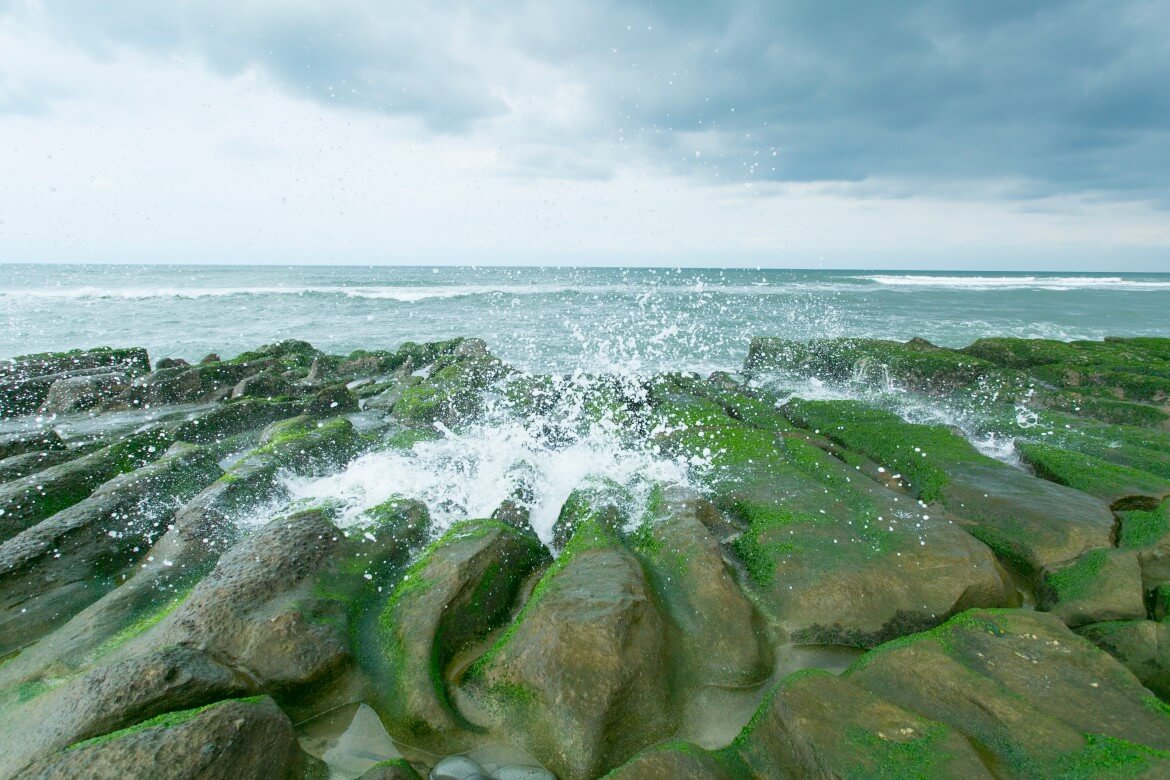
Fugui Cape Park (富貴角公園)
From Laomei, marked trails rise up the hillside to Fugui Cape Park, on another gentle seaside slope formed by volcanic eruption. This is Taiwan’s northernmost cape, and at its tip – Taiwan’s northernmost point – is the black-and-white Fugui Cape Lighthouse (富貴角燈塔), standing guard over the coast below. From there visitors can look out over the water and the stone trenches lining Laomei Beach, perhaps watching some anglers braving the crashing waves to stoically enjoy their favorite pastime. The cape is also noted for its windkanters, rocks ejected during volcanic eruptions and deposited along the coast. These rocks have been blasted smooth over time by northeasterly typhoon winds, leaving them with sharp angles on their windward side.
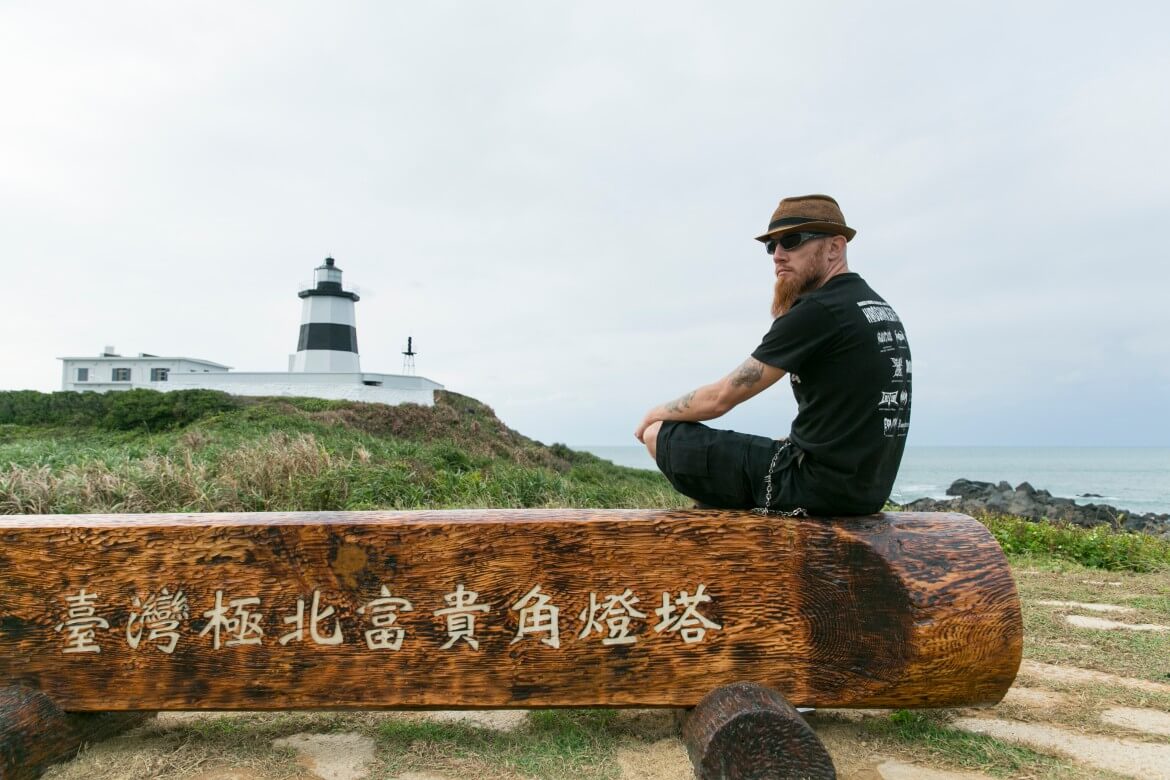
Linshanbi (麟山鼻)
Driving time between Shimen Arch and Linshanbi is approximately 10 to 15 minutes. The highlight of this cape is a coastal walking trail taking visitors past more windkanters and remnants of Taiwan’s turbulent past, with long unused pillboxes still standing watch over the rippling waters of the Taiwan Strait. The windkanter viewing areas are to the southwest and northeast of the cape. Also to the northeast is Baishawan (白紗灣, White Sand Bay), named for its well-known white-sand beach, a very popular swimming beach during the summer months.
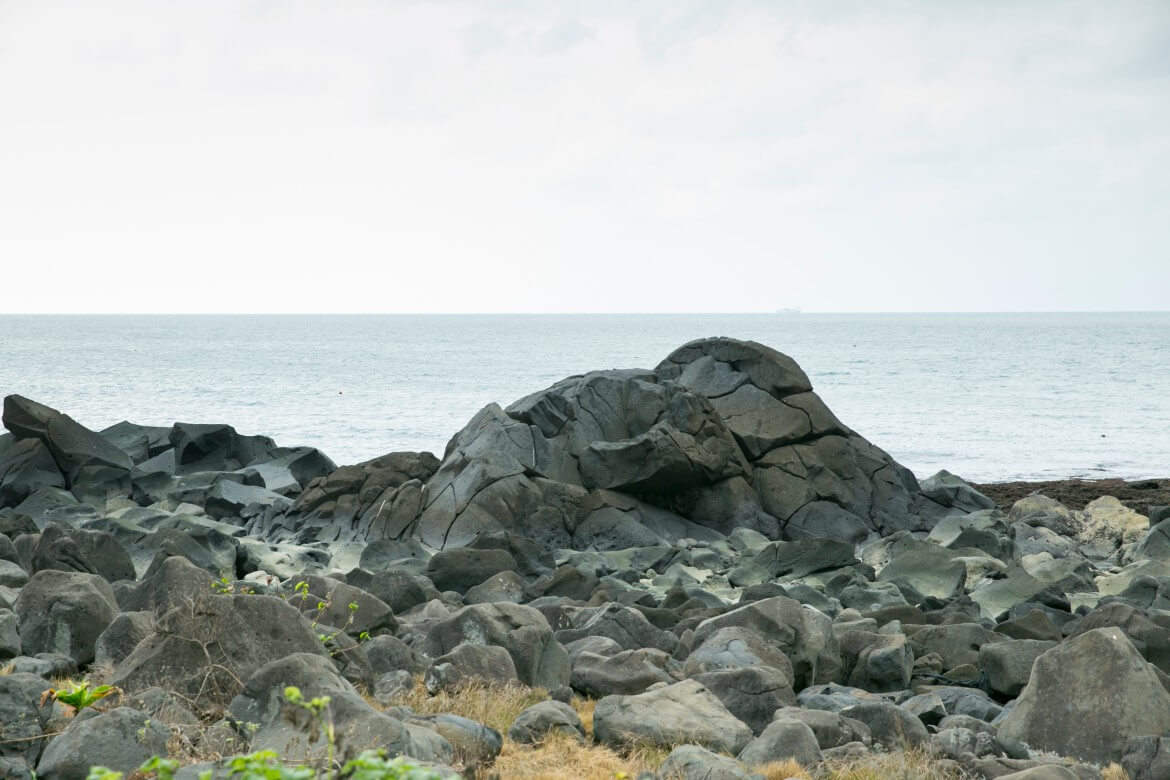
Qianshuiwan (淺水灣)
If you started your journey in Keelung, this will likely be your last stop before reaching the town of Tamsui. And if you are fond of beautiful sunsets, following the coast westward from Keelung to Tamsui is definitely the way to go. Qianshuiwan (“Shallow Water Bay”) is located west of the town of Sanzhi (三芝), and the bay is lined with numerous cafés and restaurants that fill up when the light gets low and the sun prepares to exit stage west. There is a beach for swimming here, as well as algal reefs where the local marine-biology community gets quite a bit of research done. The area is popular with photographers, and is a good place for a family outing away from the big city, close enough to be reached quickly. The cafés and restaurants typically open at 11 am and are open well into the evening.

This article was published in Travel in Taiwan magazine (Jan./Feb., 2015)
You may also be interested: Xiao Liuqiu Island: Pearl of Taiwan’s Southwest Coast
Visit the north coast of Taiwan by joining our The North Coast’s Heavenly Art

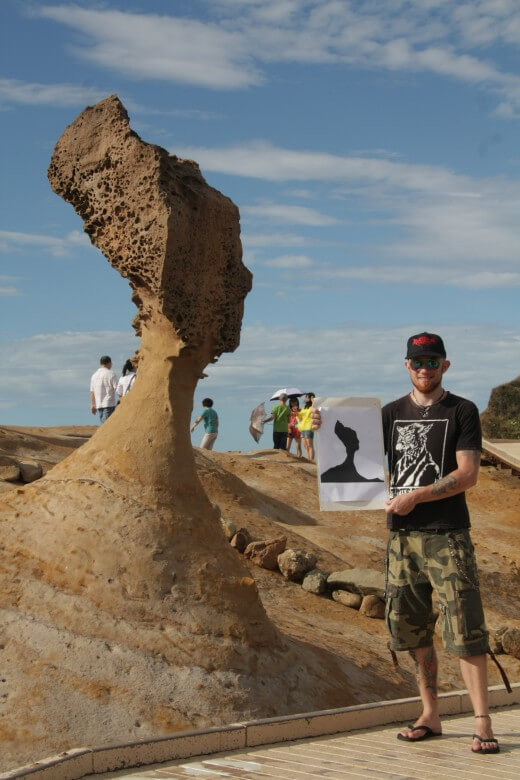

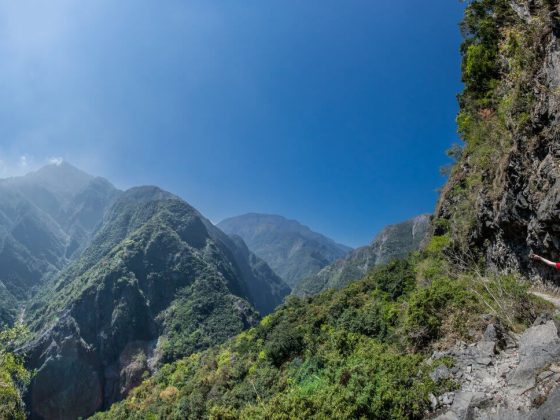









Comments are closed.